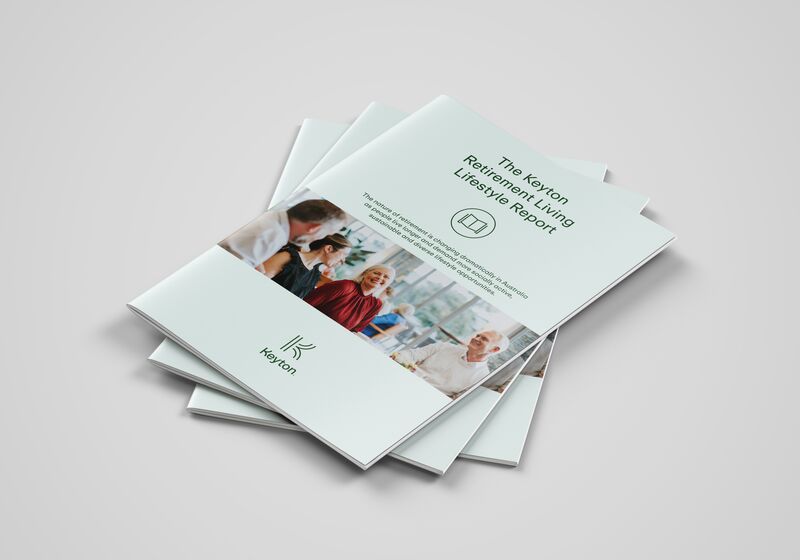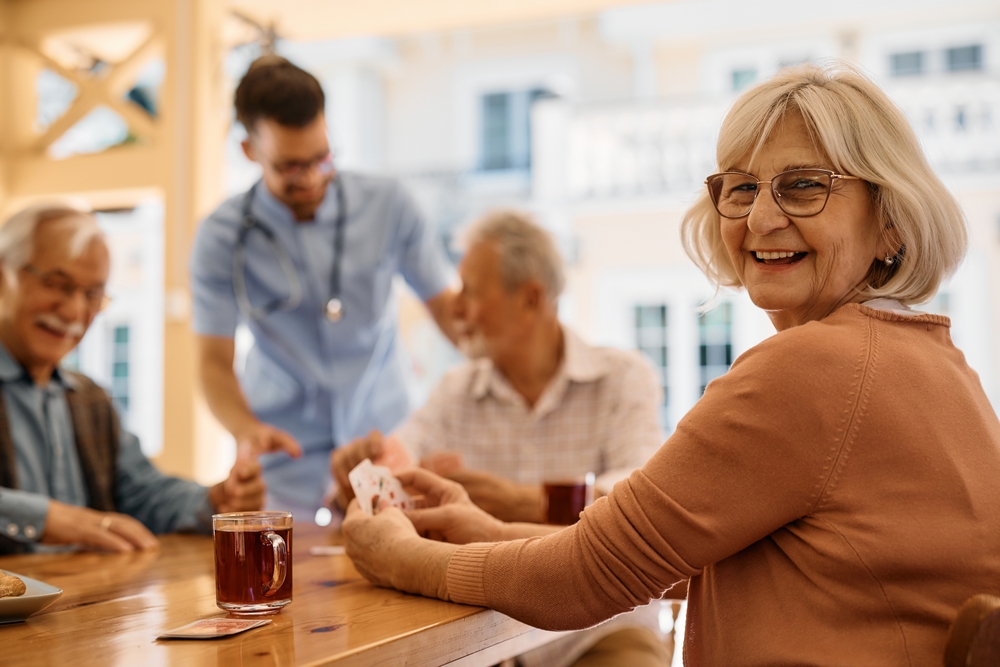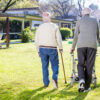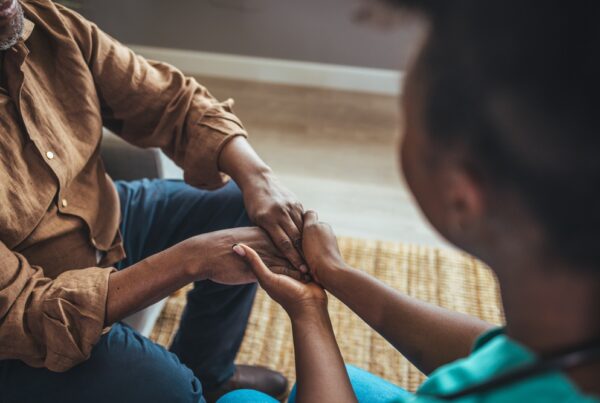Almost two-thirds of Aussie retirees are concerned about the increasing cost of living and more than half (53 per cent) are being more careful with their spending, according to the Keyton Retirement Living Lifestyle Report, released today.

Conducted biennially, the Keyton Retirement Living Lifestyle Report is a national survey providing a benchmark for all aspects of health and wellbeing among Australians over the age of 55 who are retired.
From physical health and mental wellness to social connection and financial security, the report offers insights into the various dimensions that contribute to a fulfilling life experience for older Australians.
The report found that over 70 per cent of people who don’t live in retirement villages are feeling the pinch and are among the groups of retirees most likely to be concerned about the cost of living. By contrast, those living in a retirement village or who own their own home outright are the least likely to be concerned about the cost of living.
Keyton CEO, Nathan Cockerill, said: “It’s no surprise to us that people living in a retirement village reported so many positive benefits. We see firsthand through the residents that live in our villages that retirement living brings out the very best in people, because the environment encourages wellbeing, connection and community, no matter how they choose to spend their time.
“On a financial front, the report indicates that people living in a retirement village are less worried about cost of living pressures. One of the reasons for this is many of the wellbeing and lifestyle facilities are part of the retirement village experience. There are no other incremental costs to pay such as pool or gym memberships.“The significance of prioritising wellbeing for retirees extends far beyond individual benefits. It contributes to the creation of age-friendly communities that yield societal, economic, and environmental advantages for society,” said Cockerill.
Interestingly, retired Australians over the age of 55 still participating in some form of paid or volunteer work (30 per cent) are more likely to rate their overall wellbeing as excellent or very good (46 per cent), compared to those who are not participating in any work (40 per cent).
Fifty seven percent (57 per cent) of retirees living in a retirement village rate their level of connection to other people, family and friends as excellent or very good, which is significantly higher than all other groups. In fact, 80 per cent reported they felt like they belong in their community, with 69 per cent saying their social life had improved since moving in.
The report also outlines:
• Retirees are a critical part of the workforce
• 88 per cent of Australian retirees living in a retirement village report having more time to relax and enjoy themselves now they’re not looking after a big house and garden
• One in four Australians (24 per cent) aged over 55 who are retired say they are more inclined to enjoy life now than they were in 2021.
• Female residents are more likely to say that since moving into a retirement village, they feel safer and less isolated than their male counterparts.
To read more and download the full report, click here.









